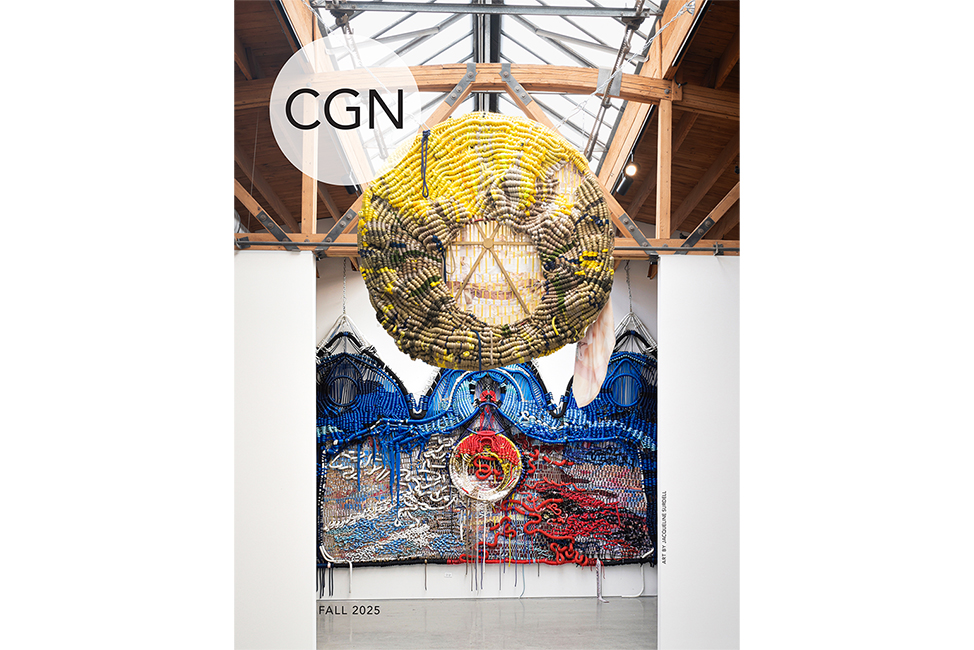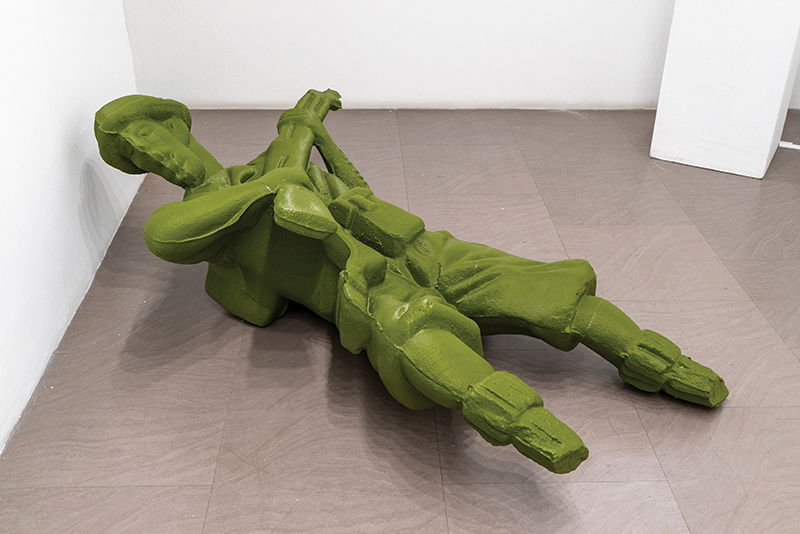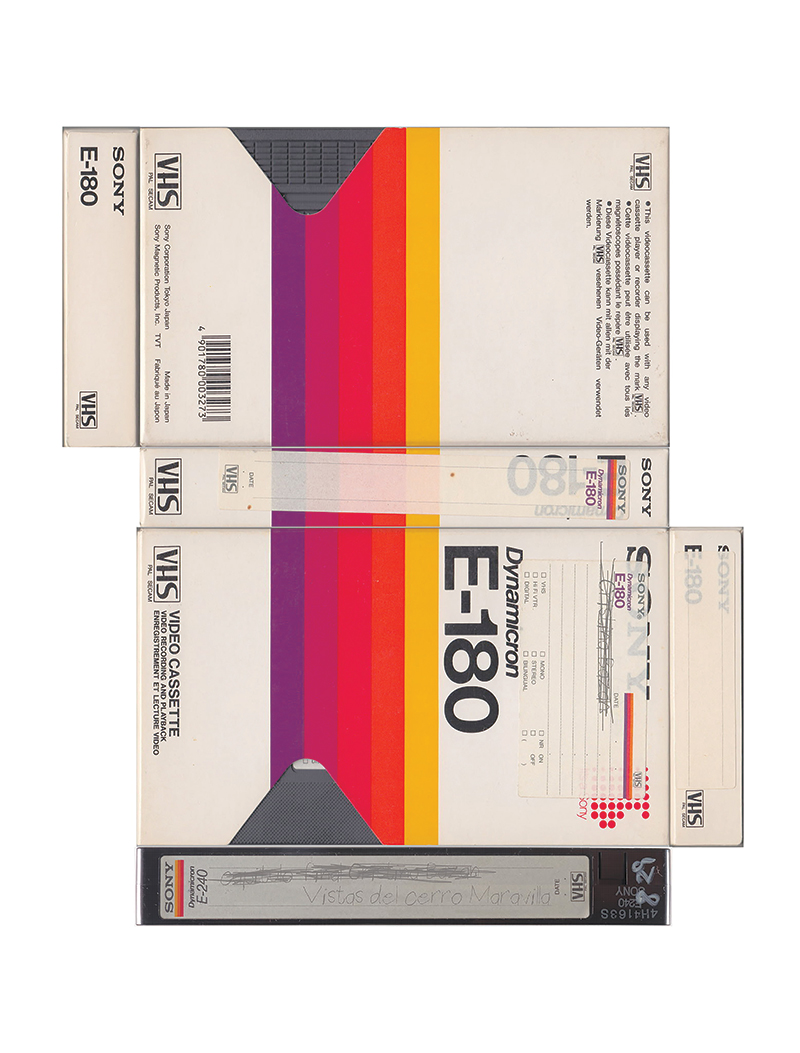150 and Counting: SAIC Celebrates a Landmark

BY MIA DIMEO
Guarded by two bronze lions in a massive neo-classical building on Michigan Avenue, the one million square foot Art Institute of Chicago is the second largest museum in the country. More than 1.4 million people visit the museum annually to see its iconic works, including Picasso’s The Old Guitarist or Grant Wood’s American Gothic. But most visitors don’t realize that the museum, and its collection, was spawned from a humble academic operation begun by a group of artists in 1866. Working in rented studios from plaster casts from antiquity, 35 artists called themselves the Chicago Academy of Design and created the first incarnation of what is known today as the School of the Art Institute of Chicago (SAIC).
Financed by membership fees and donations, the artists hoped to create a school and gallery akin to London’s Royal Academy. After some initial success, the school’s new five-story building was lost in the Great Chicago Fire of 1871, plummeting the young school into debt. During the next decade, the school struggled through several iterations, acquisitions and titles before a board of trustees was formed to support and expand the institution as a cultural asset to the city, naming it the Art Institute of Chicago in 1882. A well-known banker and philanthropist, Charles L. Hutchinson, was elected to be the first director the same year, leading up to the World’s Columbian Exposition. The city helped with the cost of a new building, and, lions and all, the façade we know today was completed in 1893, in time to host the Exposition’s scholarly congress.

In the early 20th century the museum continued collecting, acquiring European many Impressionist and Post-Impressionist masterworks, while the school focused on applied and fine arts courses. Notable alumni of the era included Georgia O’Keefe, Archibald Motley, lvan Albright, Claes Oldenburg and Regionalists Thomas Hart Benton and Grant Wood. The addition of liberal arts courses in 1936 enabled SAIC to begin awarding Bachelor of Fine Arts degrees, and by 1940, SAIC had given its first Master in Fine Arts degree. Abstract painting, first taught post-war, in 1944, revealed a schism between the great value the museum placed on creating a civic house of treasures, and the present moment of experimentation in art making at the school. This was echoed at various points in the institution’s history, and even today both arms operate largely separately, with their own executives and boards.
The later half of the 20th century brought new styles and ideas about art education. A wave of freethinking comic book-influenced artists, later known as the Chicago Imagists, met at SAIC in the1960s. Ed Paschke, Jim Nutt, Roger Brown, Christina Ramberg, Gladys Nilsson, Karl Wirsum and others made work celebrated still today as distinctively Chicago. At this time the school also adopted an interdisciplinary learning approach, still a core of SAIC’s teaching philosophy. The development of a Film Center (now the Gene Siskel Film Center) and the first-ever Department of Art and Technology Studies followed in the early 1970s.

Fast forward. The Art Institute has a flashy new wing, designed in 2009 by Renzo Piano, to house the museum’s contemporary and modern collection. SAIC’s campus occupies important historic spacees around the Loop, beyond Michigan Avenue, including the Alice R. Sharp Building, designed by Holabird and Roche and several floors of the Sullivan Center (formerly known as the Carson Pirie Scott building), making it the biggest combined museum and school campus in the country. SAIC students focus on Art Therapy, Fashion Design, Historic Preservation, Performance, Sound, Visual and Critical Studies and New Arts Journalism, beyond traditional fields like drawing and painting, sculpture and art history. Forward thinking artists, writers and designers make up SAIC’s recent alumni list: Rirkrit Tiravanija, Tania Bruguera, Paul Chan, “Dread” Scott Tyler, Amanda Ross-Ho, Cynthia Rowley, David Sedaris, and David Hartt.
2015 has been a memorable year for the school. In May, SAIC awarded an honorary doctorate to Douglas Druick, Rhona Hoffman, Albert Oehlen, Janet Byrne Neiman and Kanye West, causing a frenzy of media attention. September marks SAIC’s 150th anniversary and begins a yearlong celebration of events and programming, starting with a talk by cartoonist, author and alumnus Chris Ware, as part of the schools’ Visiting Artists Program. Coinciding with EXPO Chicago, September 17-20, SAIC will present a week of alumni events, including a block party and two EXPO /Dialogues lectures at the fair, Hans Ulrich Obrist: In Conversation with the Hairy Who and Celebrating 150: SAIC Alumni Panel, a reflection on the development of artistic practices and experiences in Chicago’s art scene.
Civilization and Its Discontents: SAIC Alumni Exhibition, Selections from 1985–2015, curated by artist and faculty members Scott and Tyson Reeder and on view at the Sullivan Galleries, will features alumni from the last 30 years who have (in some way) changed the conversation within their discipline, highlighting the distinctive SAIC spark shared between them. In the same space, Outside Design Exhibition explores the turn in art and design towards biotechnology and ecological systems. The ends with a talk by artist Jeff Koons, who was influenced by the Imagists while living in Chicago, assisting Ed Paschke, and briefly attending SAIC.
Late this fall the Art Institute will open Homegrown: The School of the Art Institute of Chicago in the Permanent Collection on October 17, emphasizing the tie between the school and the museum. Curated by Mark Pascale, Homegrown includes 20 self-portraits by Ivan Albright, pieces by the so-called Monster Roster artists and a selection of more contemporary alumni works, creating a visual timeline of talent nurtured by the school and its faculty, 150 years old and counting.
Find a full schedule of Anniversary events through 2016 at saic.edu
Top image: A student from the Sculpture program
Editor's Picks
Related:






